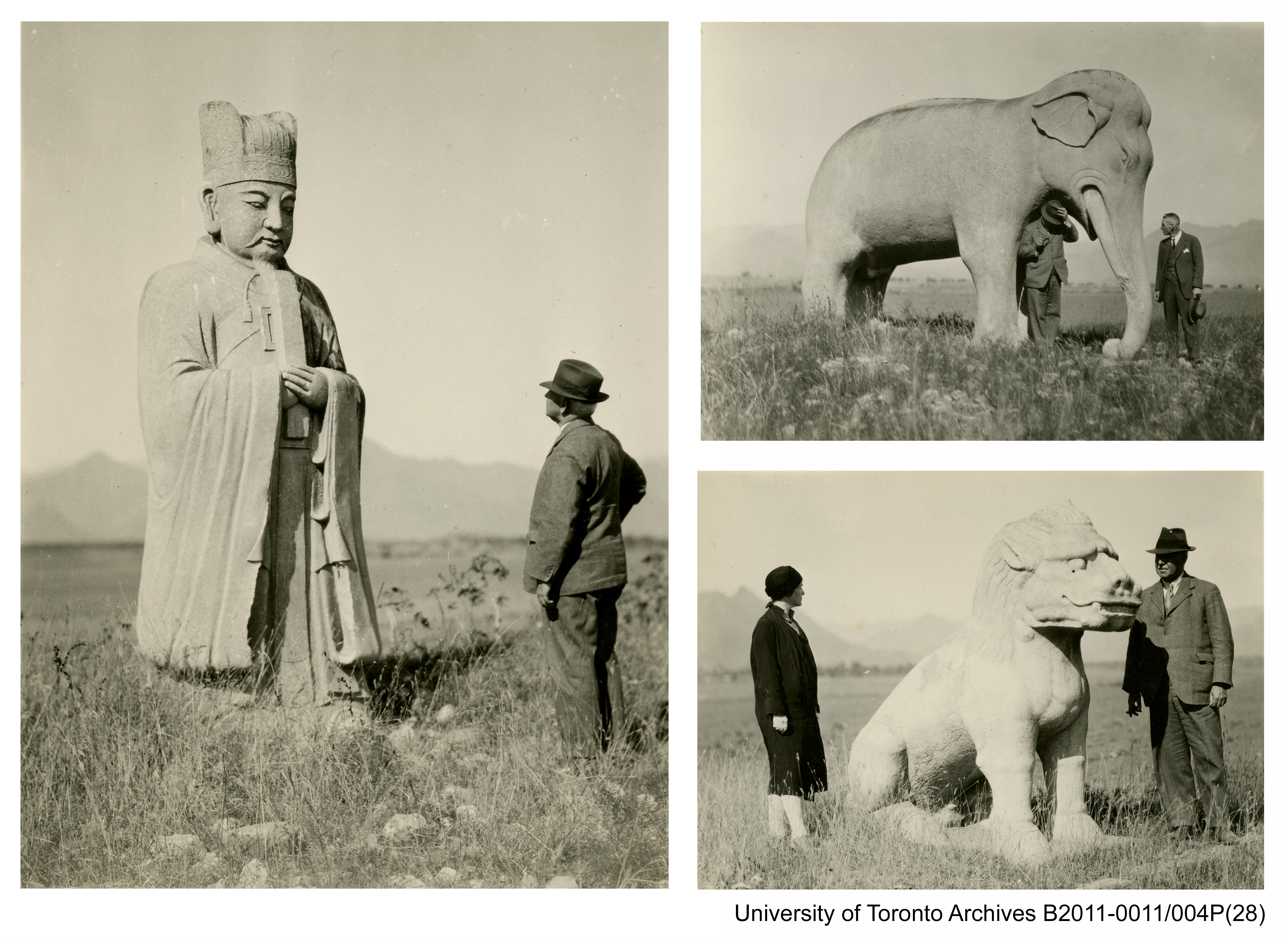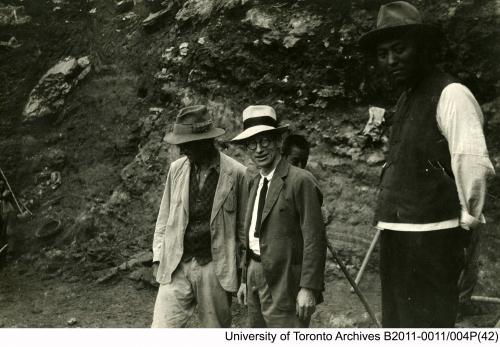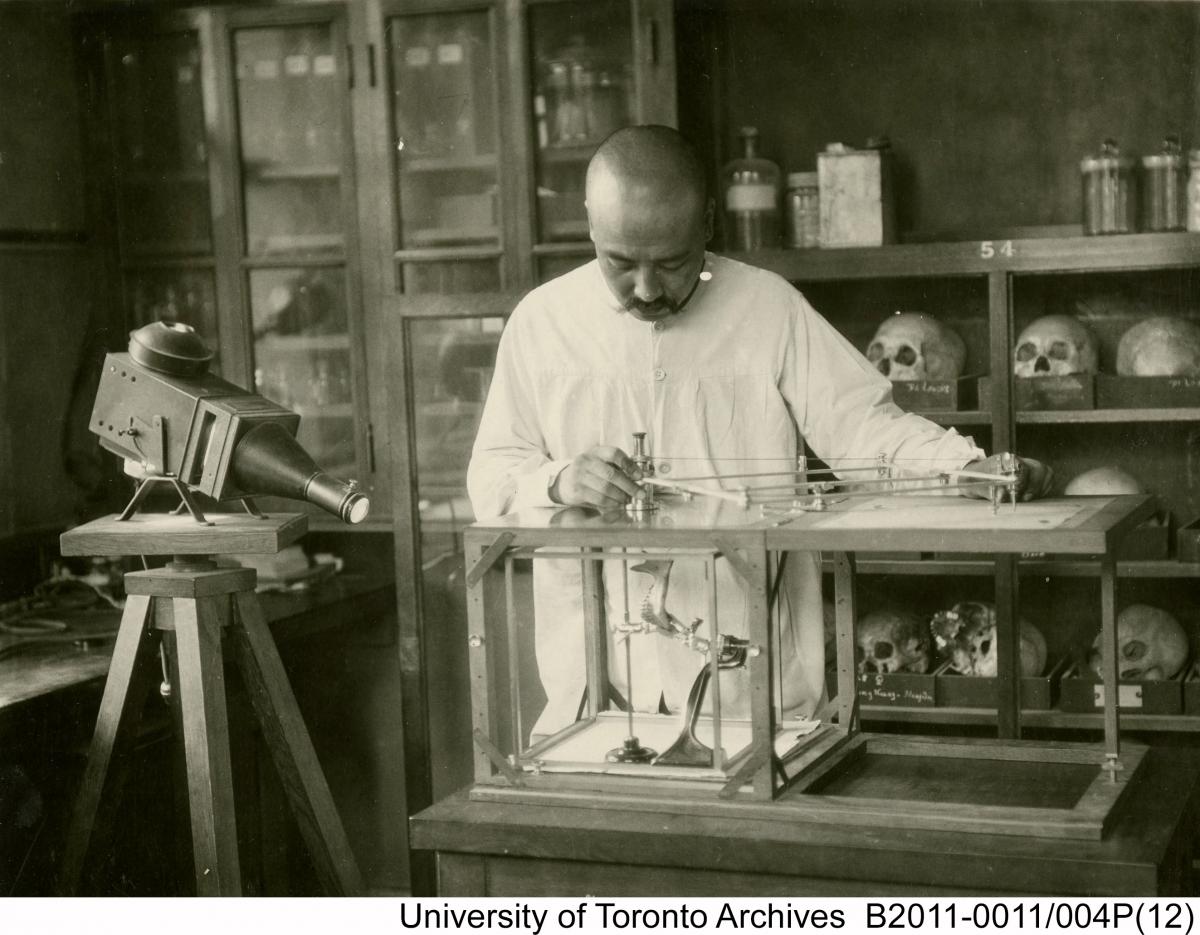The University Archives i s pleased that the papers of eminent Canadian paleoanthropologist, Davidson Black, are now available to researchers.
s pleased that the papers of eminent Canadian paleoanthropologist, Davidson Black, are now available to researchers.
Davidson Black (1884-1934) is best known for his work, beginning in 1927, in identifying Peking Man (Homo erectus pekinensis) in conjunction with Dr. Wenhao Weng of the Geological Survey of China. His inclusion of Chinese scientists was unusual for the time and reflected both his interest in Chinese culture and his training of students at the Peking Union Medical College. Although Dr. Black (MB 1906, BA 1909) never taught at the University of Toronto, he maintained close connections with it and the Black family personal papers are in the University Archives. Although they span four generations of the family, beginning in the 1870s, the emphasis is on Dr. Black’s life, his teaching and his research.
The papers are particularly significant for the light they shed on the expatriate community in Beiing in the 1920s and the early 1930s and the culture in which it existed. This period was one of considerable turmoil in China with the loss of much historical documentation. Dr. Black’s extensive correspondence, meticulously identified photographs and his home movies, along with his research and teaching files, help compensate for this loss, while providing an engrossing account of the life of an eminent Canadian.
The finding aid is available at https://discoverarchives.library.utoronto.ca/index.php/black-davidson-family-fonds
Above:At the Ming tombs, 21 Oct 1920
Below
1. Dr. Black and Dr. Bohlin at Choukoutien, the site where the first skull of Peking Man was found
2. Chao Hou Few, Davidson Black's chief technician, Peking, July 1926

